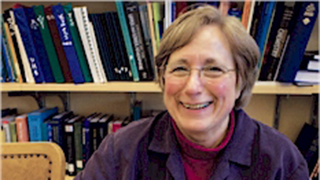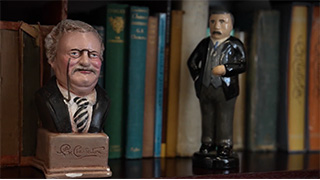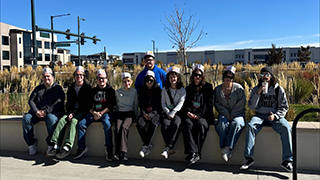The Common Solid We Hardly Know - Seton Hall University
Tuesday, February 21, 2017

The seminar will be held on Tuesday February 28, 2017 at 5:45 P.M. in the Helen Lerner Amphitheater, Science and Technology Center, Seton Hall University. The University Community and general public are welcome to attend.
Ice is the most ubiquitous hydrogen-bonded solid in the universe. On Earth, ice is most often found as hexagonal ice, so called due to the familiar shape of snowflakes. Why do snowflakes have this shape? The answer is both more complex and fascinating than one might expect. Taking a page from the catalysis playbook, investigation of the ice surface begins with growing a single-crystal. The ice face exposed at the ice-water interface is not the same as that exposed in snowflakes. Again, why? Answering this question involves the molecular configuration at the surface. A model reminiscent of Pauling's residual entropy of ice will be presented to explain the difference. Ice is an extended hydrogen-bonded solid. Hydrogen bond interactions at the surface are sensitive to the molecular configuration there. Both the strongest and the weakest hydrogen bonds will be discussed.
Dr. Mary Jane Shultz is Professor of Chemistry at Tufts University. She is a native of Cosmos, Minnesota and holds a B.S. with Honors from the University of Wisconsin and a Ph.D. from the Massachusetts Institute of Technology. She has held positions at the Chinese Academy of Sciences, Tufts University, M.I.T., University of Massachusetts, Boston and Radcliffe College. She has received numerous awards and served on national boards and committees including: ACS Women's Chemists Committee, Councilor Northeastern Section American Chemical Society, Chair of the Norris Award Committee, Executive Committee of the Physical Chemistry Division ACS, the Board of Directors of the Telluride Science Research Center and the Executive Committee of the Council for Chemical Research. She is a fellow of both the American Chemical Society and the American Association for the Advancement of Science.






